Hopefully by now, you’ve figured out the basics of photographing a fish. Keep the eye in focus, use the rule of thirds, don’t cut off the angler’s head and use the available light to your advantage. Got it? Good. Now it’s time to go expert. Time to tell a real story.
As a photographer and writer, the planning begins before we even start the trip. Sure, fishing isn’t predictable, but being prepared helps you avoid forgetting things in the heat of the moment. I always make a list and slowly tick things off — or add to it — as the trip progresses. The main thing I’m trying to create is a variety of interesting photos.
As you can see, we’re building a story while also keeping the narrative open, allowing it to unfold naturally during the trip. If the fishing is good, I’ll have ample opportunity to take hundreds if not thousands of images as the trip progresses. But at the same time, my pre-trip list keeps me on track for what I want to focus on.
So why is this broad range of images important? I’m going to take you through 10 different images and explain how they build the story.
1. THE HERO SHOT – ANGLER AND FISH
Although completely overdone in most magazines, this image is still important. Check out the fishing magazines in your local newsagent — the hero shot is the most common image you’ll see on the front cover. Hero shots carry the vibe, “Check out my huge fish — bet you wish you were me”. While the fish is the focus, a good hero shot has a clear view of the angler and includes some tackle. It might show your rod and reel, or the lure hanging from the fish’s mouth. The hero shot is the one you send to your mates when you catch something huge and the one you will bore your mate’s girlfriend with at the next house party.
The hero shot featured is a recent one of our Blue Mountains trout guide, Max Cunningham. Trout are not commonly this large in the small streams west of Sydney, but this was a season’s best for Max and well worth the hero moment. For trout lovers, it’s basically screaming, “Check out this monster — jealous?”
2. ACTION SHOT- ANGLER FIGHTING FISH
Capturing movement in an image always creates interest. Whether it’s a fish jumping or an angler casting, a shot taken mid-motion adds intensity and curiosity to the image.My guide took this classic “jump shot” when I was fishing in Argentina a few years back. We noticed the large fish sitting in the pool, so I set up the camera for the guide and tried to be as straightforward as possible. “When I hook that fish, take as many photos as you can.” He must have followed the instructions as he captured this great photo.Action shots are one of my favourites. They take me back to the moment with all its urgency and emotion — and deliver a taste of that to the viewer.
3. THE UNDERWATER SHOT- ENTER THE FISH’S WORLD
Underwater images give you an insight from down below. My underwater camera set-up didn’t give me much change from $10k, but there are plenty of cheaper options you can apply to a GoPro to get a similar effect.
The ability to shoot images under water opens up a whole new range of shots. My favourite are the half-half photos — showing both the angler and the fish’s perspective. Fishing is all about the connection between man and beast, and these images seek to capture that.
I’ve dragged my underwater housing all over the globe in search of clearwater opportunities. When it comes to freshwater photography, it’s hard to beat a backcountry river in New Zealand’s South Island. This image was taken in the final stages of a fight with a big brown trout. Matt Jones, the angler, was reaching to net the fish as I awkwardly.
4. THE DRONE SHOT – ADDING NEW PERSPECTIVE
As mentioned, the more diverse the images, the more interesting the story. One way to create variety in your photography is to use different-sized lenses. The fishing world loves wide-angle lenses. They not only make the fish look bigger than it actually is, they are also helpful when shooting in confined spaces, such as on a boat.But when it comes to providing a different perspective, nothing has changed the game more than the world of drones. I carry a DJI Mavic Pro drone with me on all my trips. They are small, light and easy to fly. Best of all, they take great images.
The shot I chose here was taken in Queensland’s Gladstone region last spring. At ground level, the scenery was nothing but a regular mix of mangroves and shallow-water terrain. It wasn’t until I launched the drone above the boat that the true colours were revealed.
5. THE TACKLE SHOT— FOCUS ON THE FINER DETAILS
Every sponsored angler loves this shot. It’s their chance to rep the gear they love and build brownie points with their sponsor. In all seriousness, though, these shots are a great chance to add to the story. The right gear is important. And this shot is your opportunity to not only show your chosen rod, reel and lure or fly, but to do it in an interesting way. All product advertisers, from McDonald’s to Bing Lee, try to feature their products in an appealing way and the best tackle shots do the same.Here, my image comes from the jungle of northern Argentina when we were chasing the amazing Golden Dorado. The flies are big and the jungle is full of strange growths on the logs and vines.
6. THE WILDLIFE SHOT — SET THE SCENE
This photo may seem like a strange inclusion, but for the unacquainted, the local wildlife creates an interesting and unique context. In the same way that every Aussie chases a squirrel to snap a photo when in a US national park, only to realise they’re actually everywhere you look, most tourists are fascinated with Australian wildlife. There are plenty of people I take fishing who get just as much enjoyment out of spotting a kangaroo or wild brumby as they do the fishing.
Living in the south end of Australia, I have a healthy respect for crocodiles, but it’s always exciting to see them in the wild. This croc was the first I had ever witnessed beyond the confines of a zoo.
7. THE LANDSCAPE SHOT —BUILD THE STORY
There is a running joke that if your mate is posting too many landscape shots, he isn’t catching many fish. Sunsets are beautiful, but go easy. However, landscape shots are important when building the story. They provide the broader context, adding intricacy and insight into the fishing adventure. Whether you’re wading the flats, fishing deep from a boat or exploring small tree-lined creeks, this is a very important shot.
I have included this image from Iceland because, as the story goes, it was one of my least productive fishing trips. I went to Iceland to catch an Atlantic salmon, but they were late to run that year and were virtually nowhere to be seen. On the other hand, the scenery was spectacular and the abundant trout made up for the lack of salmon. One easy rule when shooting landscape images is to always include an angler. It draws the eye, creates interest and immerses you in the story. It makes the viewer think, “I wish that was me”
8. THE CLOSE-UP SHOT — ADDING VARIETY
Close-up shots can be used to build various elements of the story. Close-ups of fish markings, teeth, the fish’s head — or even just the fish in hand from another angle — all provide alternatives to another hero shot. This shot can be used to give an “arty” feel to your photography and reveal the beauty of the moment. The close-up is the perfect technique to celebrate what might have been a smaller fish. You may not have caught a big one, but you can still impress the viewer with your photographic skills.
The image here is the tail of a milkfish. It immediately tells a story. Just take a look at that huge tail and you’ll know just how hard the milkfish can fight.
9. THE TRANSIT SHOT — BOAT / CAR / CHOPPER / HIKING
When getting to the fishing spot is a bit more than just piloting the Holden Astra down the highway, don’t be afraid to show it off. Boats, 4WDs, helicopters or even a long hike to your destination, all add great value to the story. No-one wants to see another image of a plane wing over the clouds, but an image of a great-looking boat, helicopter or hiking trail is going to inspire further questions from your mates, and add another piece to your fishing puzzle.
Pictured here is Phoenix One, a remarkable mothership I had the pleasure of fishing from in the Wessel Islands, in the Northern Territory, last winter. This boat was 115ft (35m) of pure luxury with its own professional chef. The fishing was remarkable, but the boat made the trip and was definitely worth showing off
10. THE MONEY SHOT — SOMETHING UNIQUE
If photography is your passion, and you’ve put thought into your craft, it’s likely you’ve planned images that jump outside the box. My most unique images are those I’d thought about long before the opportunity to take them presented itself.
One of my favourite images was shot during a trip to the outer atolls of the Seychelles. We were chasing all sorts of salty species on fly, but the main targets were GTs. Cosmoledo Atoll is considered to be the GT capital of the world and it did not disappoint.
I went into this trip as I had the past few trips, with the idea of getting a close-up shot of a GT in the waves. Why? Because I’d never seen anyone do it before. The opportunity had never come about, but I thought I had a good chance in the Seychelles. We were catching between five and 20 GTs a day, so the conditions were ripe. On the fourth day, my fishing mate landed a nice GT right in the middle of these perfect barrel waves. Finally, after carrying the idea around for more than six months, I had the right conditions to make the shot work.
I held on to the image until one of the most popular fly-fishing magazines in the US asked to use it on the cover. For any photographer, making the plan and seeing the rewards of the final shot is a great feeling.
Whether shooting on your iPhone or lugging around three DSLR cameras as I do, we can all afford to work on our photography skills. You may not be aiming to write an article for The Captain, but you can certainly create a more interesting story with your photography. And perhaps when you start showing the slideshow of your latest fishing trip to your disinterested mates, or that “new friend” at the pub, they might actually wind up enjoying it.
JOSH’S CURRENT GEAR
Camera bodies
• Canon 5div; Canon 5d iii; Canon 7dii
Lenses:
• Canon 70-200mm f2.8 Ii; Canon 24-70mm f2.8 ii; Canon 100mm f2.8 Ii; Canon 16-35mm f2.8 Iii; Sigma Art 35mm f1.4; Sigma Art 24mm f1.4; Sigma Art 50mm f1.4
Extras:
• Aquatech underwater housing with large dome port for underwater and half-half images
• Mavic Pro drone• Range of ND (neutral-density) filters to reduce light and lower shutter speeds during intense daylight
• Lightweight tripod
• Flash
Why so many cameras, Josh?
The main two reasons are:
• Speed. I don’t want to have to change lenses when an opportunity only presents itself for a few seconds. If I’m shooting for an article, I’ll usually have one camera set up with a wide-angle option, another for telephoto and the last one set up in the underwater housing.
• I don’t like changing lenses around salt water. Having several options pre-set means I don’t have to risk splashing salt all over my gear.

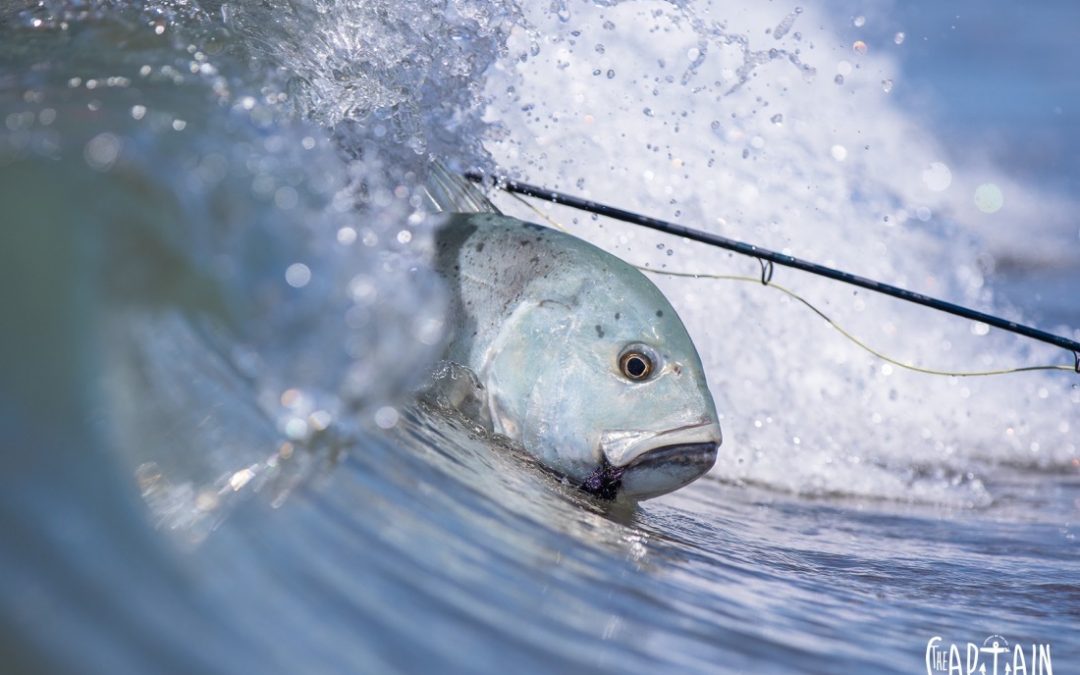
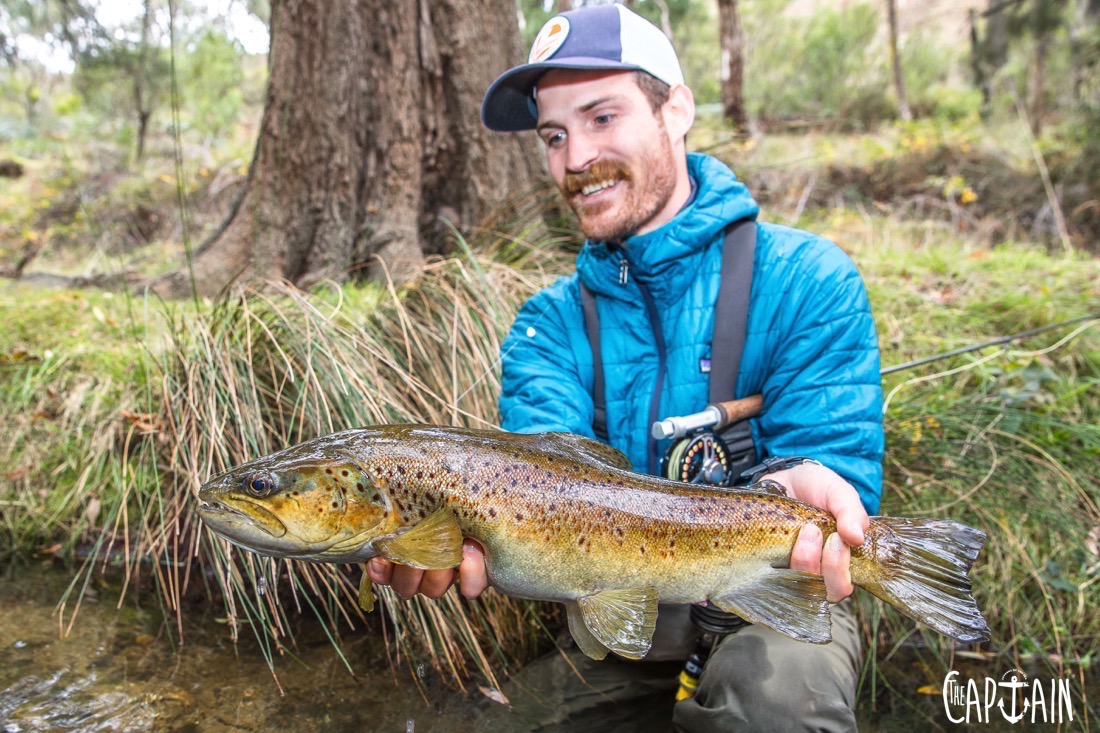
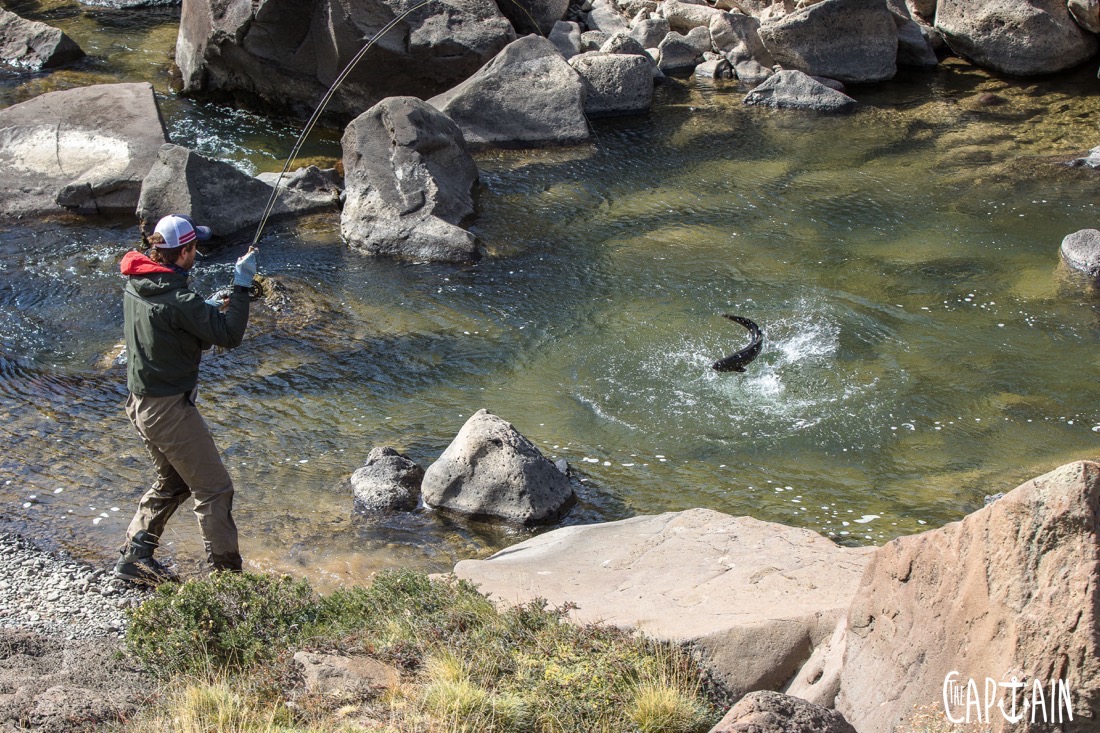
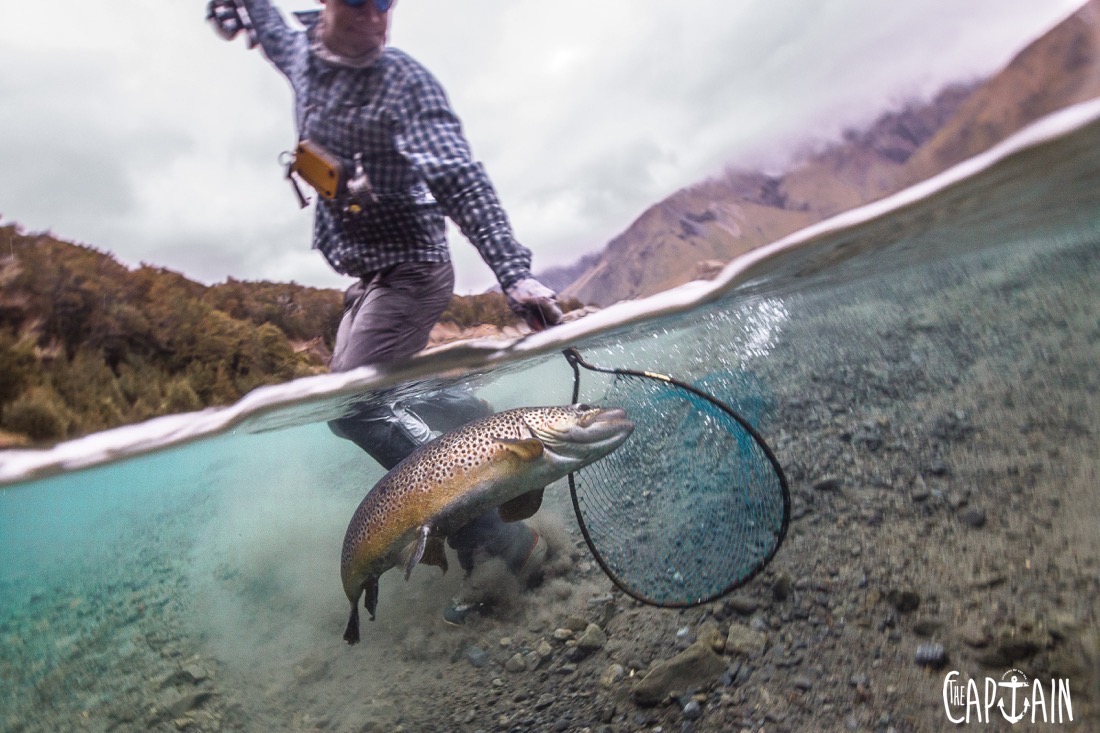
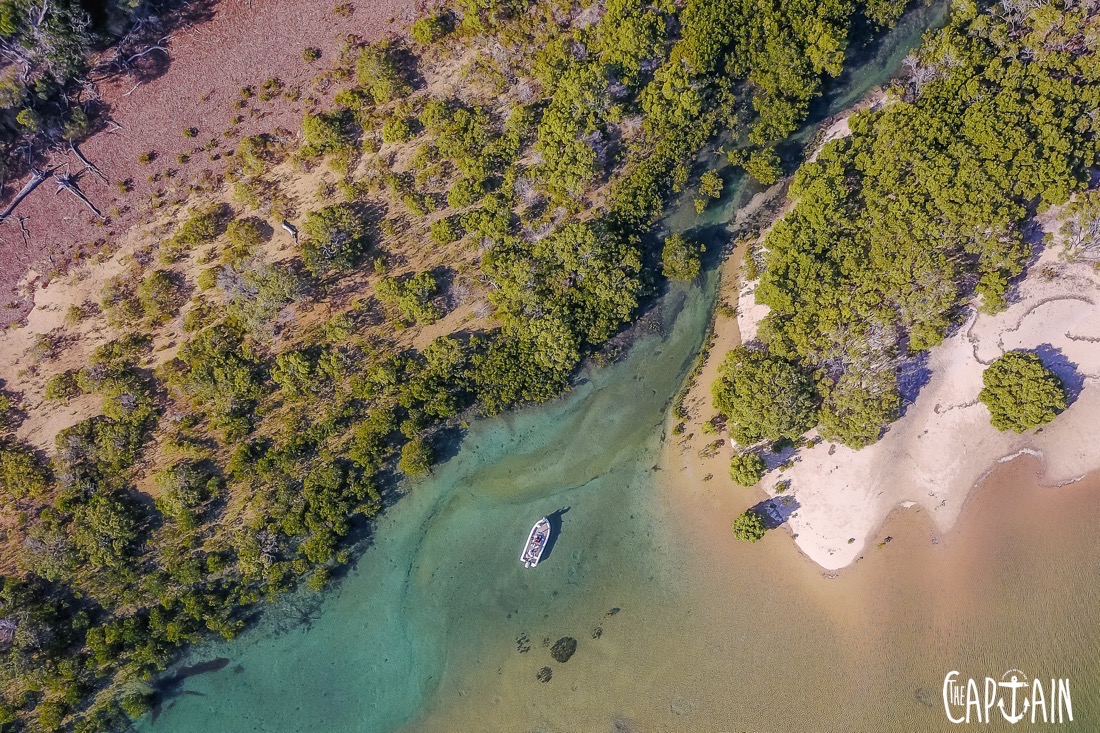
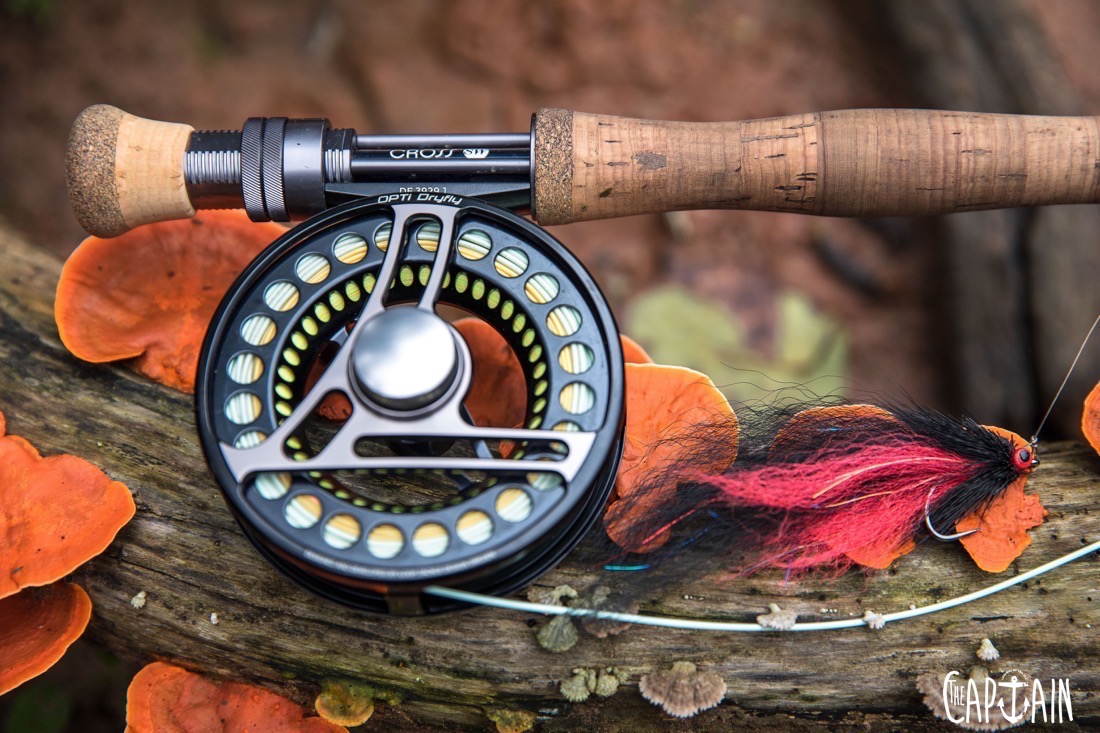
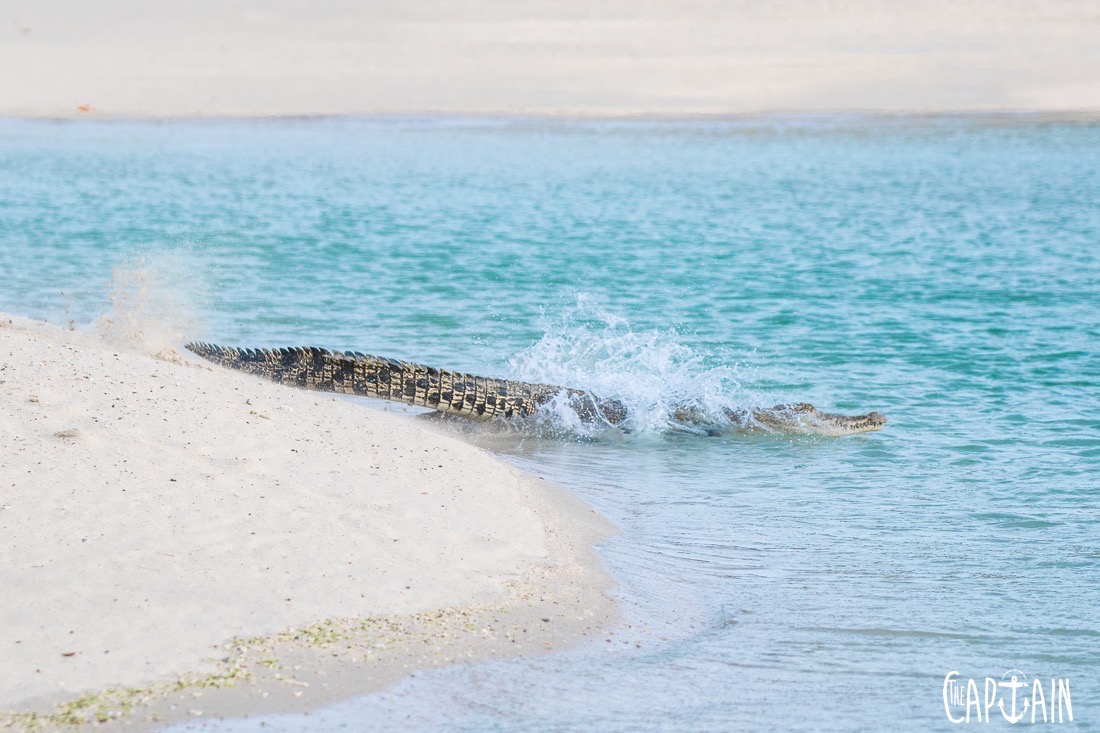
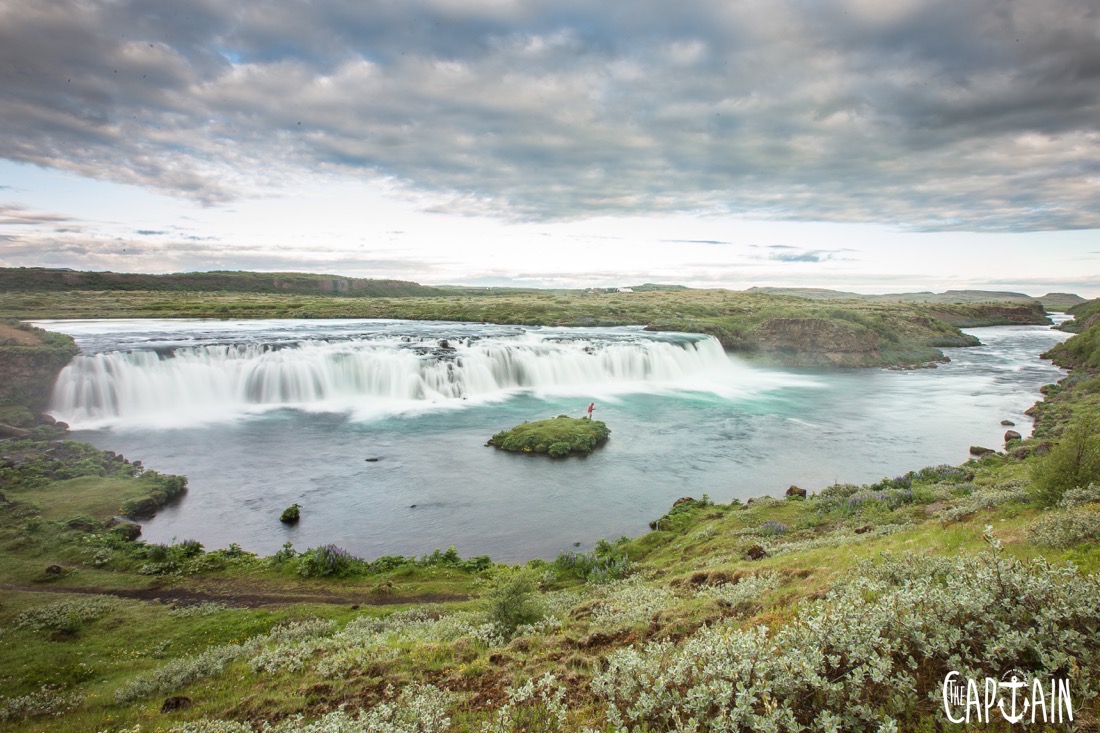
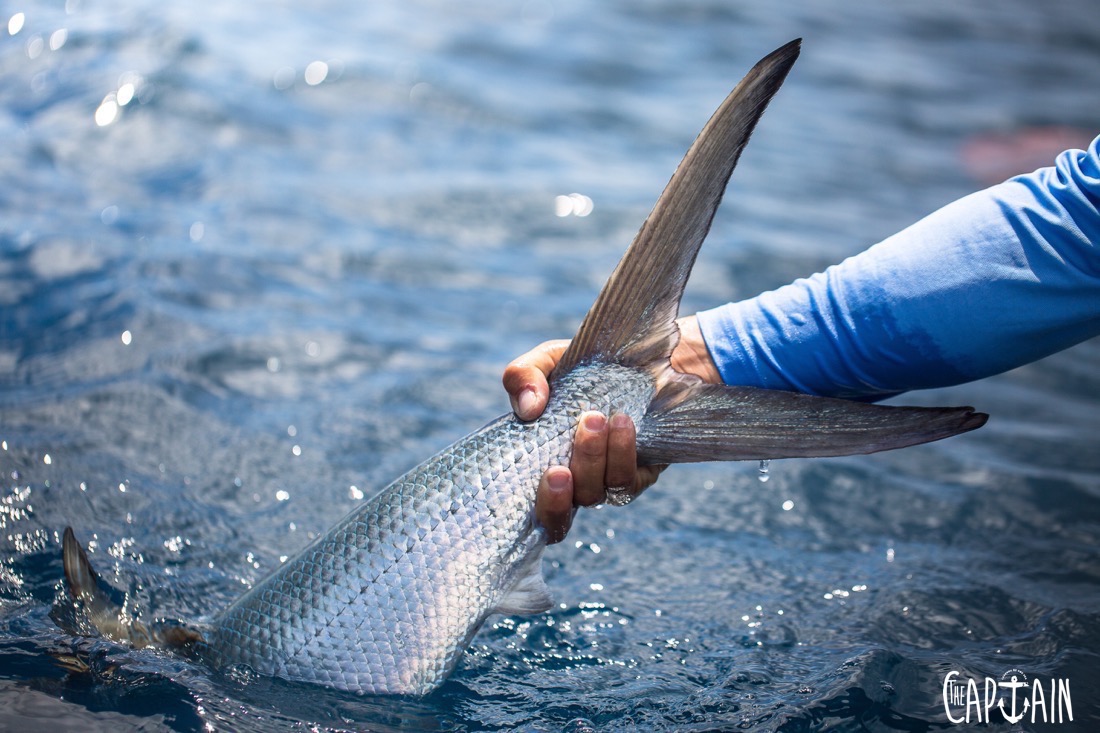
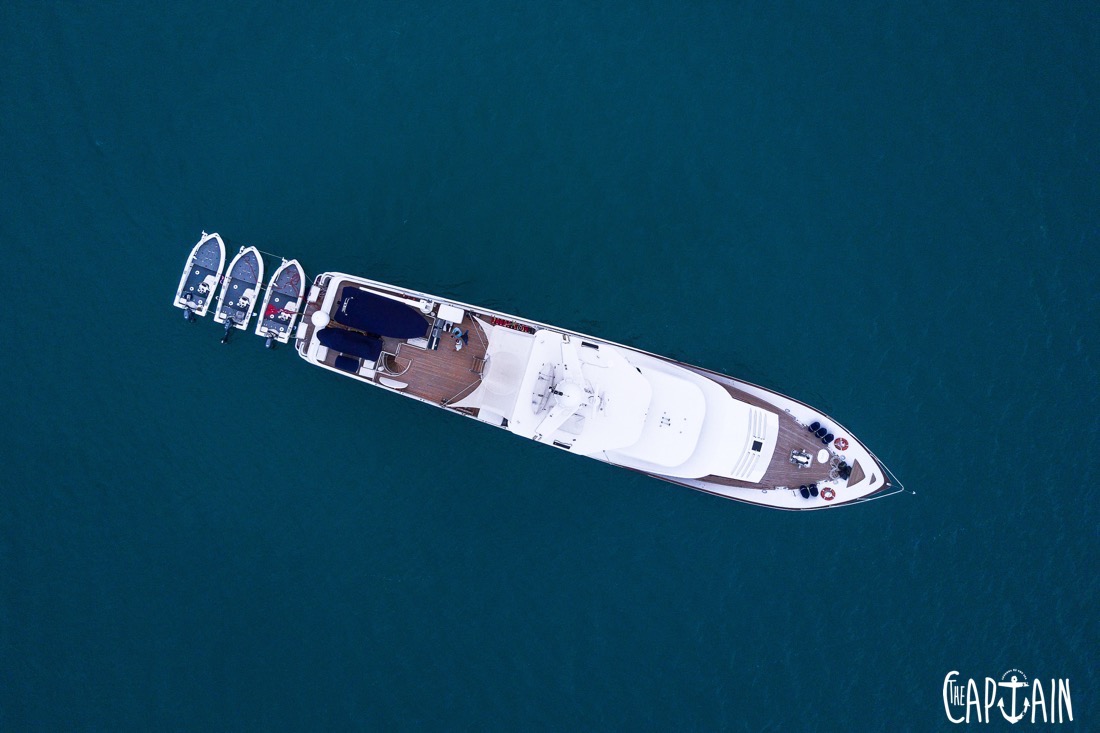
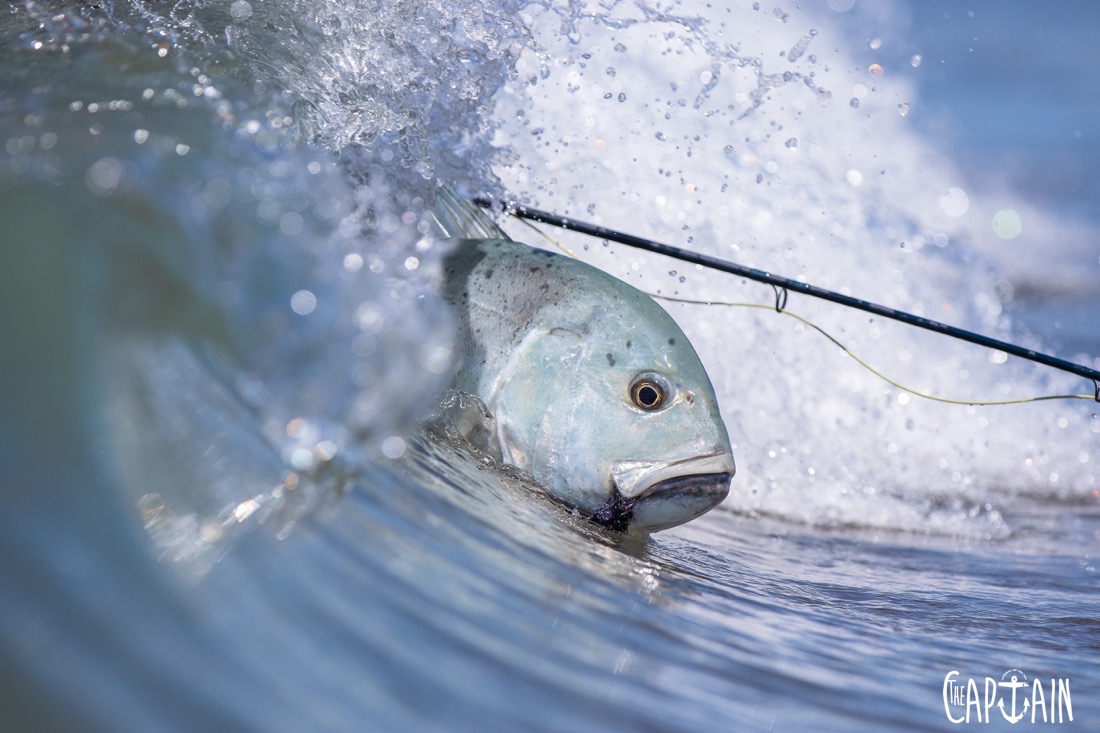
Recent Comments